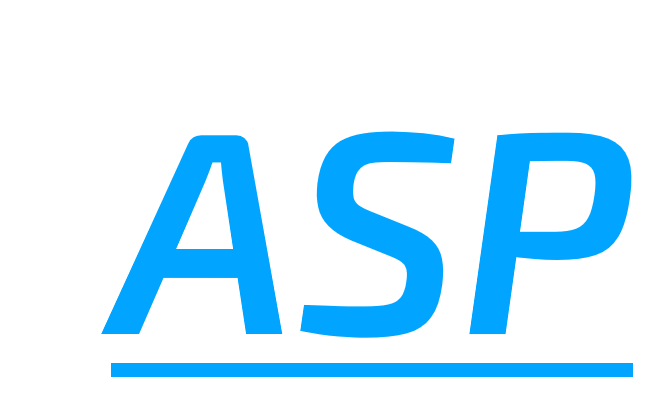A Comparative Analysis of Chinese and Western Education Models: Innovations and Implications
DOI:
https://doi.org/10.52810/TPE.2025.30001Keywords:
Chinese and Western Education, Educational Models Comparison, Innovation Potential, Educational PoliciesAbstract
This paper aims to provide a comprehensive comparison between Chinese and Western education models, focusing on their respective strengths, weaknesses, and potential for innovation. By examining the historical, cultural, and socio-economic contexts that shape these educational systems, this study seeks to identify unique features and propose innovative approaches that could be adopted to enhance global education standards. The paper concludes with a discussion on the implications of these findings for future educational policies and practices.
References
Chen, X. (2018). The Chinese education system: A historical perspective. Beijing: Educational Press.
Dewey, J. (1916). Democracy and education. New York: Macmillan.
Gardner, H. (1983). Frames of mind: The theory of multiple intelligences. New York: Basic Books.
Hargreaves, A., & Shirley, D. (2009). The fourth way: The inspiring future for educational change. Thousand Oaks, CA: Corwin Press.
Li, J. (2012). Cultural foundations of learning: East and West. Cambridge: Cambridge University Press.
OECD. (2019). PISA 2018 results (Volume I): What students know and can do. Paris: OECD Publishing.
Robinson, K. (2011). Out of our minds: Learning to be creative. Chichester: Capstone.
Sahlberg, P. (2011). Finnish lessons: What can the world learn from educational change in Finland?. New York: Teachers College Press.
Zhao, Y. (2014). Who’s afraid of the big bad dragon?: Why China has the best (and worst) education system in the world. San Francisco: Jossey-Bass.
Zhang, W., & Bray, M. (2017). Shadow education: Comparative perspectives on the expansion and implications of private supplementary tutoring. London: Routledge.





